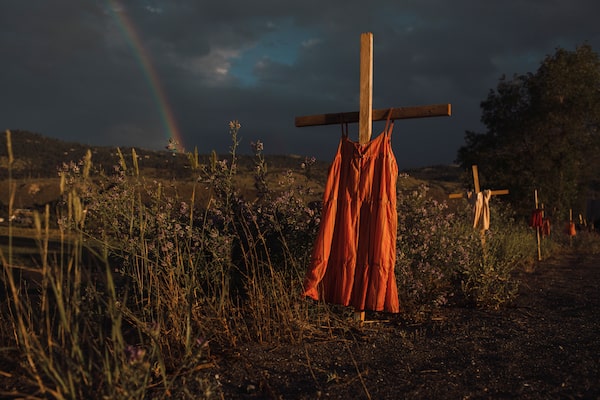
Amber Bracken's picture of makeshift memorials to residential-school survivors near Kamloops, B.C., is one of the regional winners of the World Press Photo Foundation's annual contest.Amber Bracken/The New York Times
From capturing a moment of national reckoning to finding the poignant humanity in the migrant crisis, this year’s winners of the World Press Photo Contest were chosen from more than 65,000 photographs in six regions of the world comprising 130 countries. Clare Vander Meersch is a Globe and Mail photo editor and the World Press jury chair of North and Central America. Here, she offers an insider’s take on the winning photographs in the region she was judging.
To see the winners for all regions, visit the World Press Foundation website.
Singles category
Kamloops Residential School (see above)
Amber Bracken, Canada, for The New York Times
This moment of national reckoning in the summer of 2021, with the discovery of unmarked graves of Indigenous children, is seared into our collective memory. The jury chose this image because it summarizes the global history of colonial oppression – one that must be addressed to tackle the challenges of the future – and Canada’s commitment to Truth and Reconciliation. It is a high-impact image, which artfully lines up all the elements of perfect light, composition, storytelling, news and legacy, all captured in a single frame.
Stories
The People Who Feed the United States
Ismail Ferdous, Bangladesh, Agence VU’
This project allows us to see migrant workers as deeply ingrained into the fabric of society. It’s an opportunity to see them beyond the occupations that tend to define them. Of the many submissions about migrant experiences, the jury appreciated these nuanced portraits for their caring and dignified representations of a too often invisible but crucial section of society – who suffered the brunt of the impacts of the COVID-19 pandemic.
:format(webp)/cloudfront-us-east-1.images.arcpublishing.com/tgam/Q6IMEZ7R5FEPJGL3XKJB6LNJQQ.jpg)
:format(webp)/cloudfront-us-east-1.images.arcpublishing.com/tgam/JE2K3FYWTRG4JEFSBTNPG7OWFM.jpg)
:format(webp)/cloudfront-us-east-1.images.arcpublishing.com/tgam/3FCHH5POFVBJHBB6TBOHCKRVIU.jpg)
:format(webp)/cloudfront-us-east-1.images.arcpublishing.com/tgam/T2KDS2VLQRGMFF7K5R3Y7PKCAM.jpg)
Long-term projects
Political Year Zero
Louie Palu, Canada
We had many submissions of imagery from the American insurrection of Jan. 6, 2021. The jury felt that this project stood out as an intelligent and insightful chronicle of events leading to that siege. The visual rendering is almost theatrical, and at times surreal, just like the event itself. The style is akin to that of an unwitting eyewitness, and slows down an otherwise chaotic, spectacle-filled event to give room for contemplation.
:format(webp)/cloudfront-us-east-1.images.arcpublishing.com/tgam/H7CNA3ZFOZHMDIKQBUAVYS6KAY.jpeg)
:format(webp)/cloudfront-us-east-1.images.arcpublishing.com/tgam/NLDHWTGPEFHGXG5VFI5WBTPEAU.jpg)
:format(webp)/cloudfront-us-east-1.images.arcpublishing.com/tgam/E7EUSF5E7FE3JMEWZSV7ULTHJA.jpg)
:format(webp)/cloudfront-us-east-1.images.arcpublishing.com/tgam/XMHOJXOXLNFWXFYCCGYGPKYFTE.jpg)
:format(webp)/cloudfront-us-east-1.images.arcpublishing.com/tgam/RB52ITWRNRGJ7AKSBQ7TS4GRJQ.jpg)
:format(webp)/cloudfront-us-east-1.images.arcpublishing.com/tgam/UEVX47MDHZAMPJME6EZKMN5XWQ.jpg)
Open Format
The Flower of Time. Guerrero’s Red Mountain
Yael Martínez, Mexico
This work provides a subtle commentary on violence. By excluding graphic images, it allows the narrative to centre on the Indigenous Mixtec community of Guerrero. He used an aesthetic achieved by puncturing the print, backlighting and rephotographing it, then toning to create a mysterious quality. The punctures powerfully symbolize the marks of community’s trauma that the photographer himself has experienced personally. The jury found this project to be a dramatic story, sensitively told.
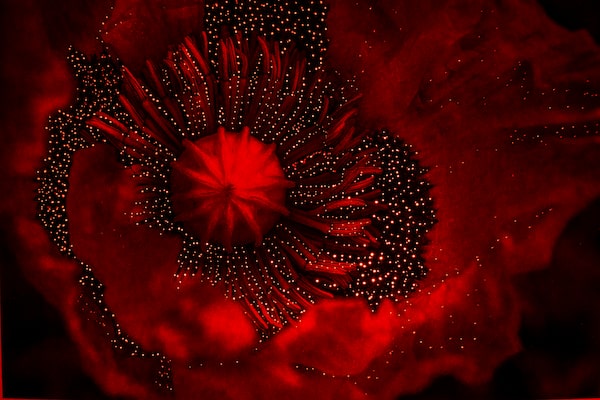
Opium gum is extracted from poppy flowers such as this one. In Mexico, it is transformed into heroin that is mostly exported to the United States and Canada.
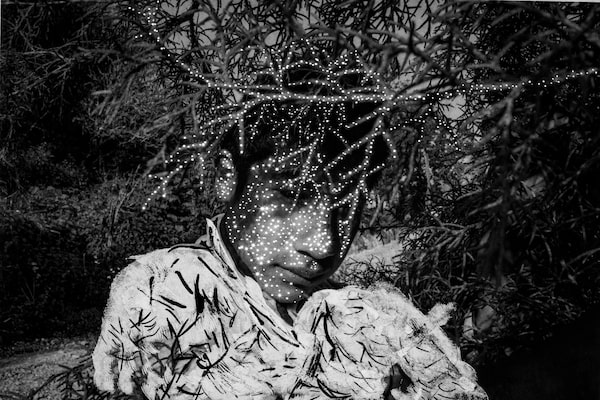
This young man lives in a community that grows poppies in Mexico's Guerrero state.
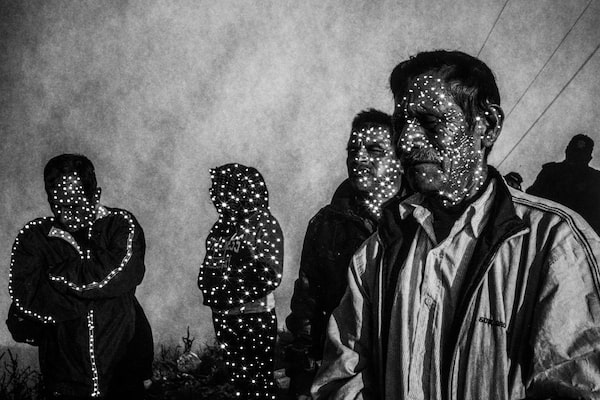
The Mixtec community celebrates in Guerrero, Mexico, on Cerro de la Garza, one of many sacred hills surrounded by poppy fields.
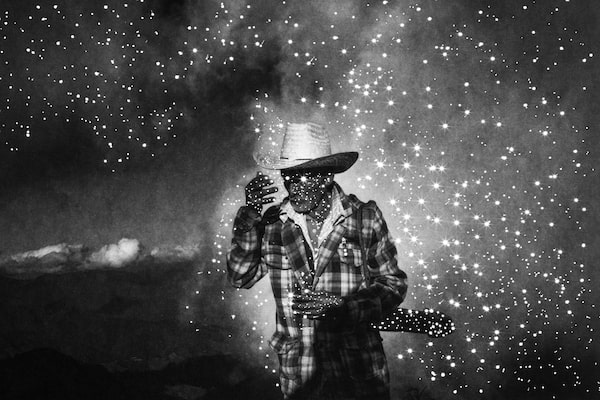
A Mixtec elder on the Cerro de la Garza. Every year on Dec. 31, Mixtecs climb the hill to commemorate the end and beginning of a life cycle.Photography by Yael Martínez/Magnum Photos
Honourable mention
Amid High Mortality Rates, Black Women Turn to Midwives
Sarah Reingewirtz, United States, for Los Angeles Daily News and Southern California News Group
This story highlights the pandemic trend toward home births and midwifery, but also illustrates the resilience of Black women who have developed their own alternative to a medical system that has, in many ways, failed them. The jury awarded this story because, in its portrayal of the sensitive relationships of trust in their communities, it offers a glimmer of hope against the backdrop of high infant and maternal mortality rates among Black women and infants in North America.
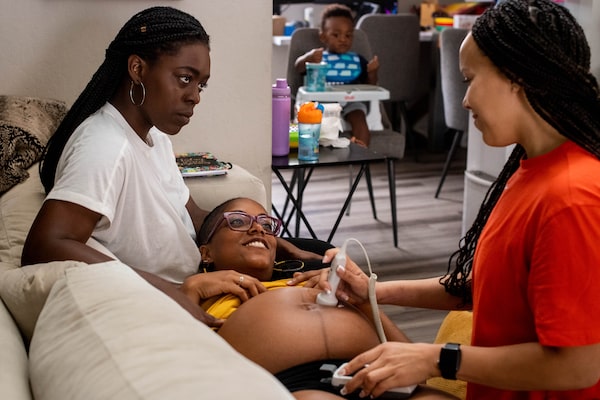
Midwife Angie Miller listens to the heart beat of MyLin Stokes Kennedy’s baby with her wife Lindsay and their child Lennox, 21 months, at their home.
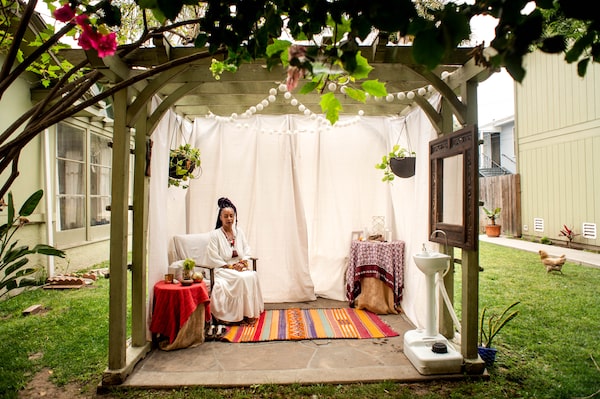
A chicken runs through Midwife Racha Tahani Lawler’s garden as she sits in the space where she meets with women. She once owned a community birth centre to help her community, but without insurance covering midwifery, she found it too hard to sustain and now does home births.
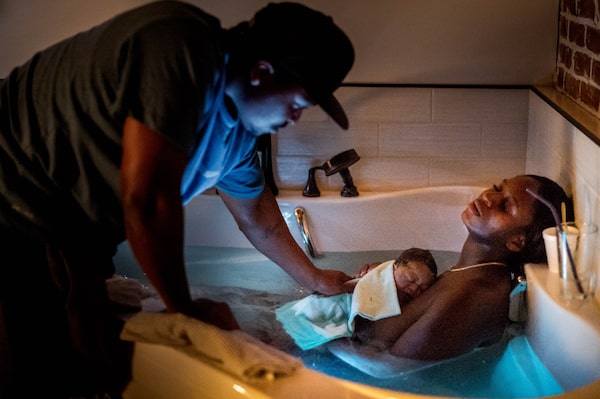
While Aysha rests in the birthing bath on Mother's Day, her partner, Dennis Richmond, touches their son.Photography by Sarah Reingewirtz
Video: Judges talk about how they made their choices
The Globe and Mail's Clare Vander Meersch and other judges talk about what stood out in the submissions for the photo contest's Northern and Central America portions.
Our Morning Update and Evening Update newsletters are written by Globe editors, giving you a concise summary of the day’s most important headlines. Sign up today.